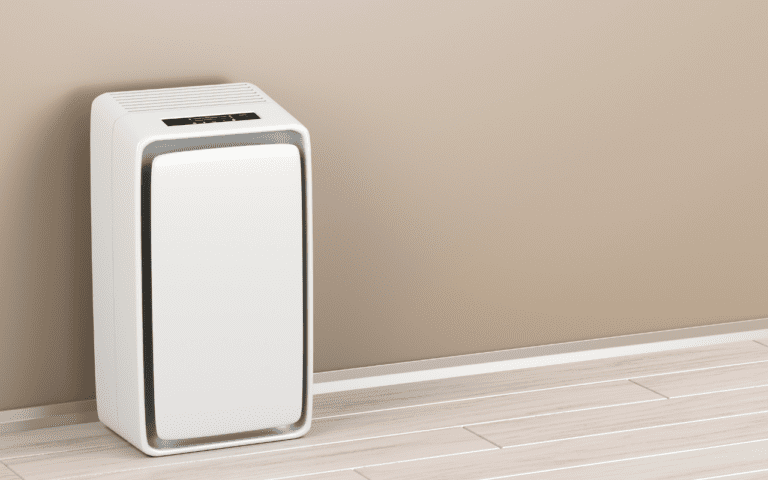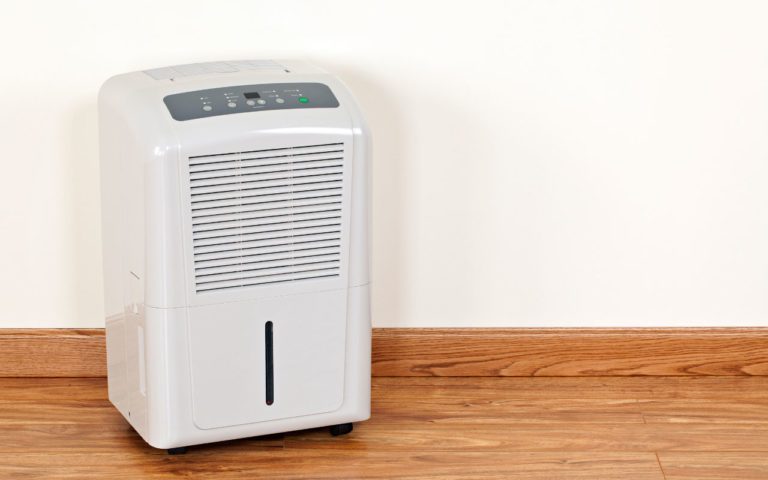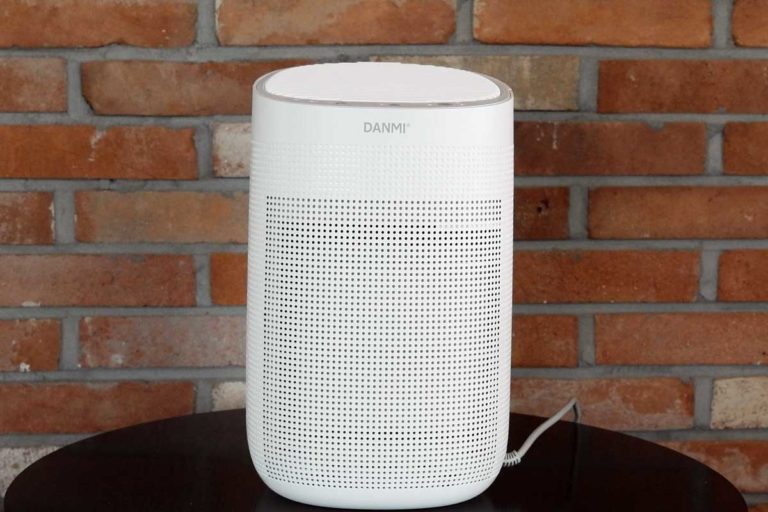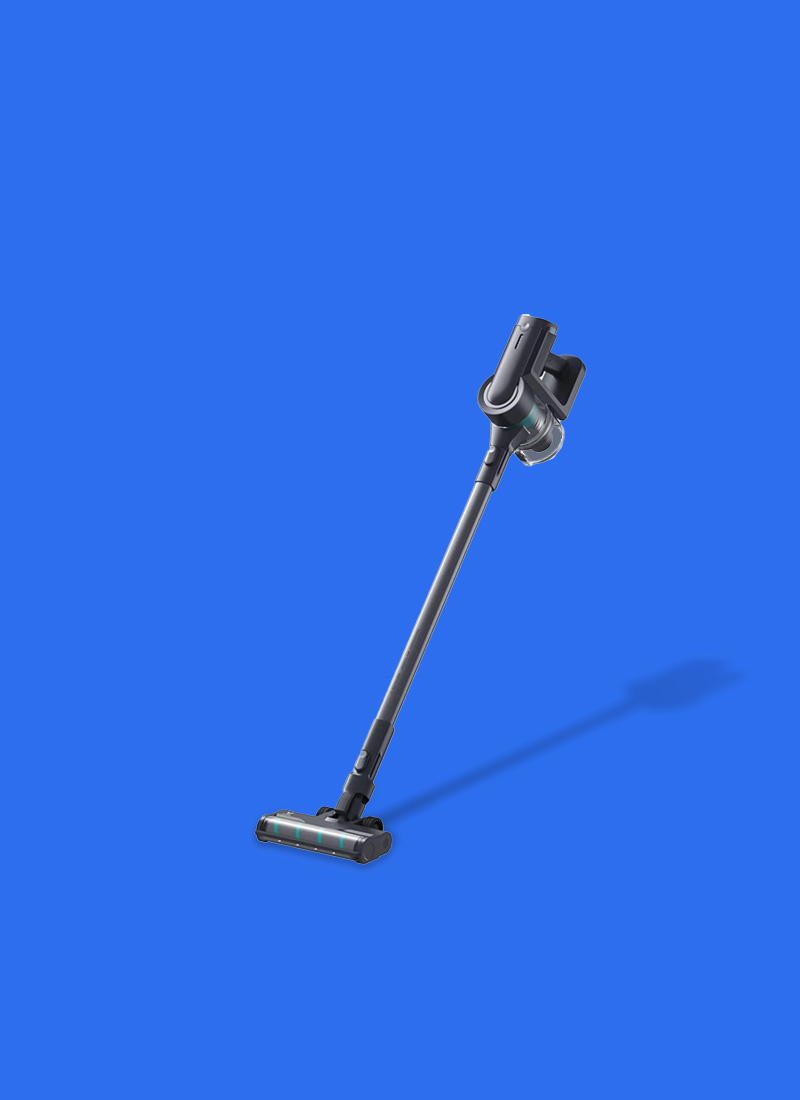ⓘ We are reader-supported and may earn a small commission at no additional cost to you if a purchase is made through one of our links.
If you’re like most people, you probably don’t think about humidity levels until they become a problem. And by then, it’s often too late! So, how do you address this issue? The solution is simple: invest in a dehumidifier.
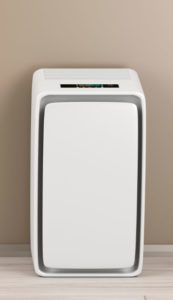
a Dehumidifier Step by Step.
A dehumidifier is an air conditioning machine that can help regulate the humidity in your home and create a healthy living environment in the process. Moreover, dehumidifiers are considered to be quite effective in reducing a variety of respiratory issues. You’re probably curious about how to use a dehumidifier at this point. If that’s the case, you’ve come to the right place.
In this blog article, we will discuss everything you need to know about using a dehumidifier and more!
So, stay tuned!
3 Simple Steps in Using a Dehumidifier Effectively
Dehumidifiers can be a great way to improve the air quality in your home and prevent mold and dust build-up. However, it’s important to use them correctly in order to see the best results. Here are three simple steps we recommend when using a dehumidifier:
Step 1: Choose the Dehumidifier
The first step in using a dehumidifier is to choose one that best suits your needs. Here are a few factors you’ll want to consider before purchasing a dehumidifier:
1. Right Size
The perfect size for your room is determined by its square footage. To figure out what kind of dehumidifier you need, measure the area in square feet where it will be used.
2. Suitable Capacity
When looking for a humidifier, the capacity is crucial. It’s determined by the following two factors:
- The size of the area that must be dehumidified
- The condition exists in that space before being dehumidified
The capacity of a dehumidifier is typically determined in pints per day (24 hours). Note that, once your dehumidifier has removed all of the moisture from the air, the relative humidity should be 30% to 50% on your dehumidifier’s humidity meter.
3. Portability
Portable models are a great choice if you plan on moving your dehumidifier around the house. They often come with wheels for easy mobility, making them perfect as well at home or job sites where space may be tight!
Before purchasing a dehumidifier make sure you’ve read our guide on the best dehumidifiers in Australia.
Step 2: Place the Dehumidifier Appropriately
One of the most important things to consider when using a dehumidifier is where you’ll be placing it. Here are some tips to place your humidifier for the best results:
1. Install the dehumidifier in the most humid room
Install a dehumidifier in the most humid rooms to eliminate the moisture that breeds mold and mildew. These rooms might be your bathroom, laundry room, or basement.
2. Place the dehumidifier in the center of the room
Place your dehumidifier in the center of the room to make sure it’s working at maximum efficiency.
3. Keep the dehumidifier in a clean place
Place the dehumidifier where it won’t get contaminated by sources of dirt and dust.
4. Allow air to flow around the dehumidifier
The best way to keep your dehumidifier running at peak efficiency is by staying aware of its location. If you place it against a wall or furniture, less airflow will be able through the machine.
Although there are many different types of dehumidifiers on the market, some can be placed against a wall if they have top-mounted air discharge.
5. Carefully set up the hose
If you are using a hose to drain the water tank of your dehumidifier, make sure that it rests in an open area without any sinks. Use the shortest length possible – someone might trip over long hoses!
Step 3: Operate the Dehumidifier Properly
Operating a dehumidifier is not as difficult as you think. To make your work easy, here are a few tips you can follow to operate your dehumidifier:
1. Measure humidity level
The ideal level of relative humidity (RH) of your room should be between 30 – 50 percent. You can use a hygrometer to measure this.
Note that, The hygrometer is a simple device that measures the amount of humidity in your environment.
2. Connect the dehumidifier to a grounded outlet
Make sure that you plug your machine into an outlet with three-pronged grounded and polarized connections for optimum safety.
3. Adjust the settings accordingly
After plugging in your dehumidifier, you can change its settings. The dehumidifier settings should be adjusted to reach your ideal level of moisture i.e the relative humidity (RH) found on the hygrometer.
Note that you’ll have to keep the dehumidifier running until it reaches your ideal RH level.
4. Run the dehumidifier several times to gain more control
Many homeowners find that their first use of a dehumidifier is the most successful. Removing excess water from the air over time will allow you to have more control over how dry or moist your room feels at any given moment.
5. Shut the room properly
In case you’re using a dehumidifier in a large room like a basement, do keep in mind to close all doors and windows shut for optimal performance.
6. Empty the water reservoir tray
You should empty the water reservoir tray regularly to prevent overflow. The machine will turn off automatically when it’s full so you don’t have any accidents!
Health Benefits of Dehumidifiers
As mentioned earlier, dehumidifiers reduce respiratory issues. Now, you might be wondering, do dehumidifiers help treat colds and allergies?
Let’s see if we can answer the question in the following health advantages of using a dehumidifier:
- Dehumidifiers assist in the reduction of elements that might cause allergies. Mold, pollen, dust mites, and other particles may be examples of these components.
- There’s little evidence to support how does a dehumidifier work for people with chronic asthma, but there are also no records showing that it can cause any problems.
- The best dehumidifiers can effectively remove mold and dust and keep your environment further clean by eradicating bugs such as spiders and cockroaches.
Conclusion
Using a dehumidifier can improve your health and well-being in a number of ways. If you are experiencing problems with humidity levels in your home, it is definitely worth considering investing in a dehumidifier.
You’ve just learned how to use a dehumidifier, so you’ll be one step ahead when it comes to purchasing and using one for your home. We hope this article has clarified everything you need to know about utilizing a dehumidifier. Thank you for taking the time to read this!

